🚀🚀💥💥 #FTG11
Category: futurism – Page 1,020

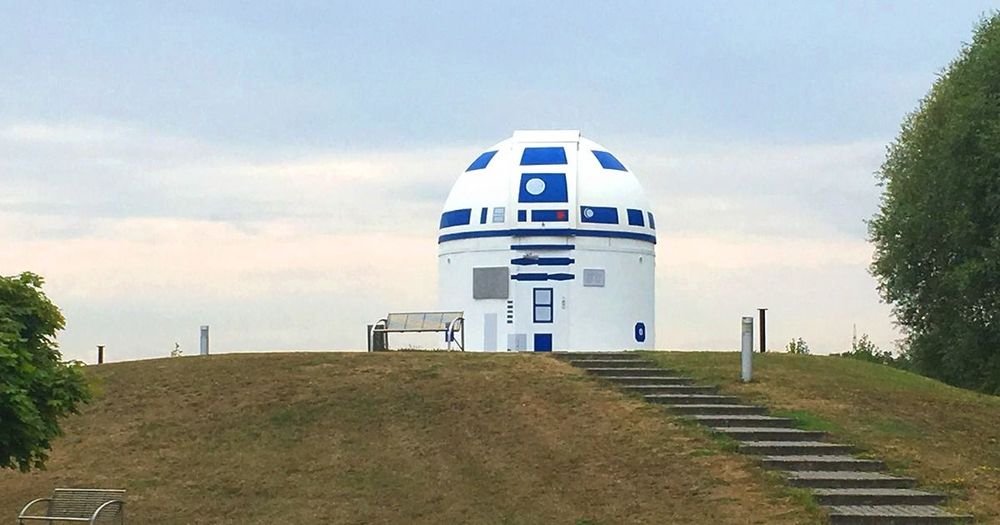
German Professor Who Is A Hardcore Star Wars Fan Has Just Repainted An Observatory Into R2-D2
Maybe one of our observatory domes can be painted to look like this? :-D.
In a galaxy far far away (Germany) Hubert Zitt, professor at the Zweibrücken University of Applied Sciences and known for Star Trek and Star Wars lectures, along with a small team, transformed the Zweibrück Observatory of the Natural Science Association into a giant R2-D2 – and it is out of this world.
The sci-fi professor completed the project in September 2018, aided by his father-in-law Horst Helle, the master painter Klaus Ruffing and several helping students and it has caught the eyes of Star Wars fans everywhere. The most notable fan of the re-design was Star Wars actor Mark Hamill who tweeted about it, “R2-D2 Observatory Transformed Germans Into Giant Nerds.”
While spectacular, Zitt and his team aren’t the first fans to complete a Star Wars design challenge. Goodsell Observatory at Carleton College in Minnesota was also transformed into an R2-D2 back in 2010.


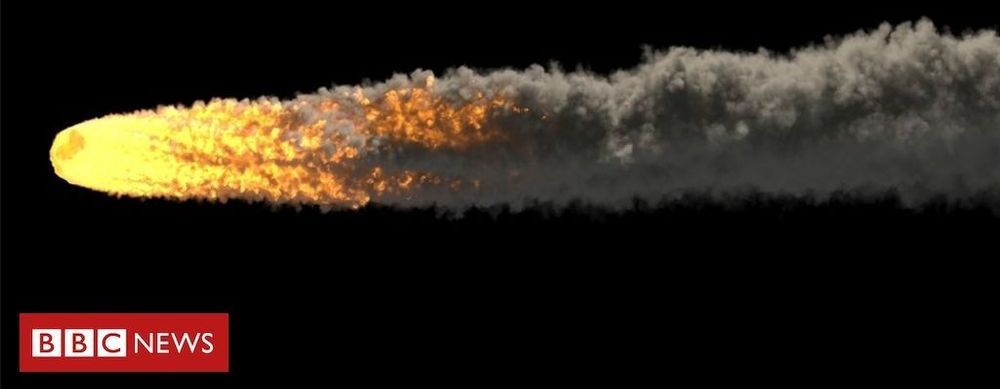
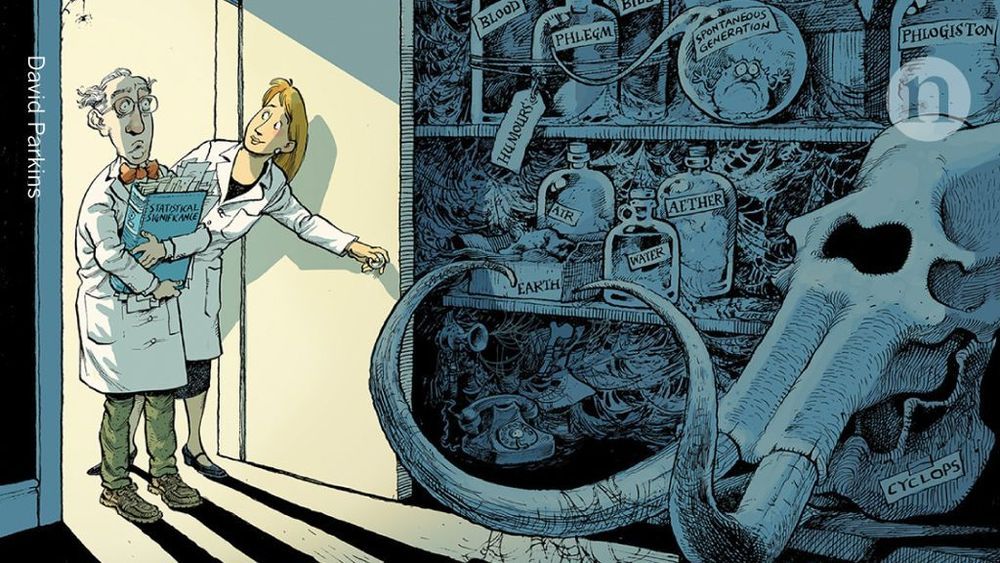
Scientists rise up against statistical significance
We are not calling for a ban on P values. Nor are we saying they cannot be used as a decision criterion in certain specialized applications (such as determining whether a manufacturing process meets some quality-control standard). And we are also not advocating for an anything-goes situation, in which weak evidence suddenly becomes credible. Rather, and in line with many others over the decades, we are calling for a stop to the use of P values in the conventional, dichotomous way — to decide whether a result refutes or supports a scientific hypothesis5.
Valentin Amrhein, Sander Greenland, Blake McShane and more than 800 signatories call for an end to hyped claims and the dismissal of possibly crucial effects.
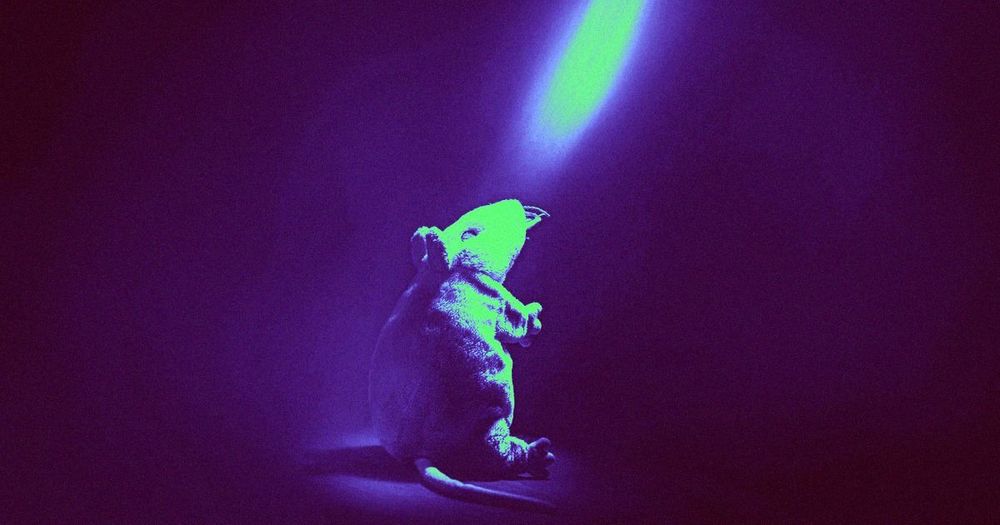
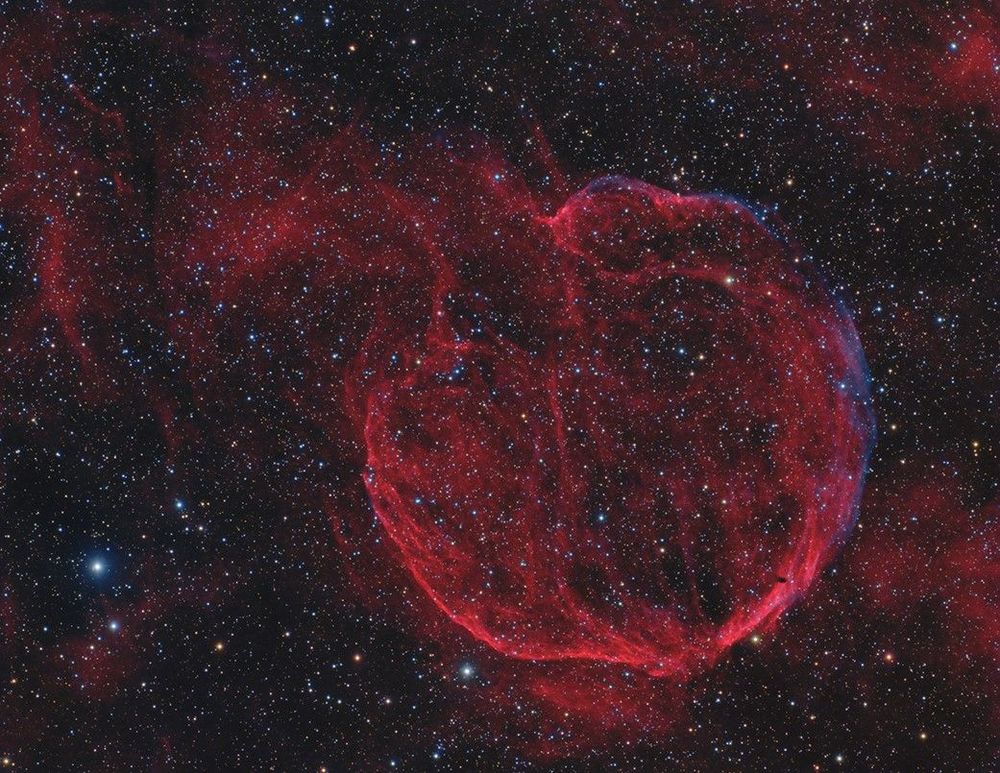
Alexandra Albani added a new photo
Astronomers found a pulsar hurtling through space at nearly 2.5 million miles an hour — so fast it could travel the distance between Earth and the Moon in just 6 minutes. The discovery was made using NASA’s Fermi Gamma-ray Space Telescope and the National Science Foundation’s Karl G. Jansky Very Large Array (VLA).
“Thanks to its narrow dart-like tail and a fortuitous viewing angle, we can trace this pulsar straight back to its birthplace,” said Frank Schinzel, a scientist at the National Radio Astronomy Observatory (NRAO) in Socorro, New Mexico. “Further study of this object will help us better understand how these explosions are able to ‘kick’ neutron stars to such high speed.” Schinzel, together with his colleagues Matthew Kerr at the U.S. Naval Research Laboratory in Washington, and NRAO scientists Dale Frail, Urvashi Rau and Sanjay Bhatnagar presented the discovery at the High Energy Astrophysics Division meeting of the American Astronomical Society in Monterey, California. A paper describing the team’s results has been submitted for publication in a future edition of The Astrophysical Journal Letters.